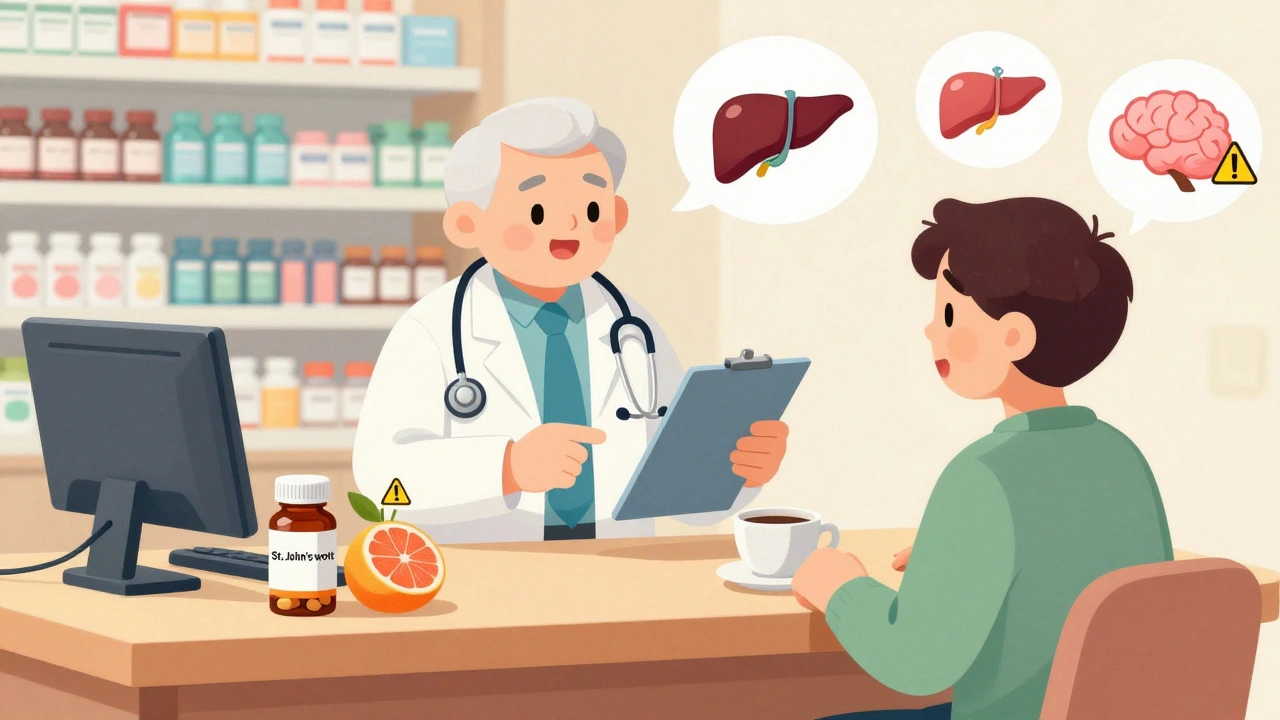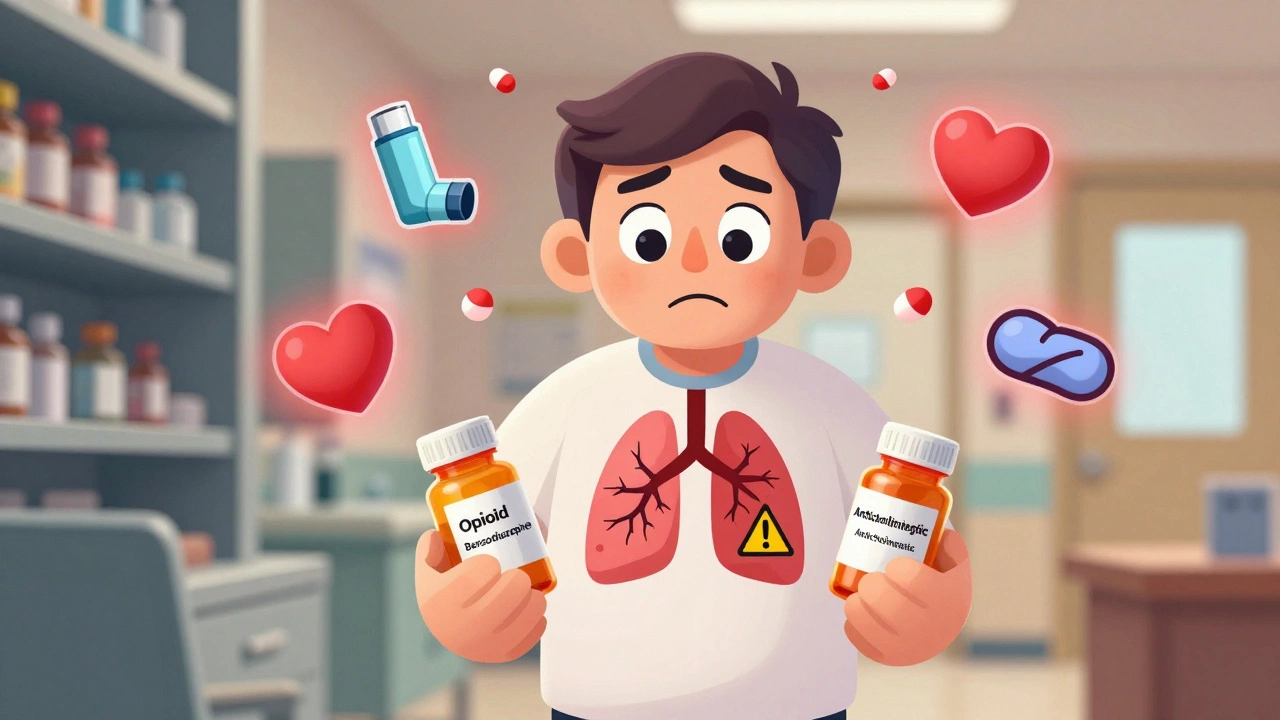Learn the essential questions to ask your pharmacist about medication interactions to avoid dangerous side effects, food-drug conflicts, and harmful supplement combinations. Stay safe with expert-backed advice.
Read more
Ever taken two medicines and felt weird afterward? Chances are you hit a drug interaction. It’s when one drug changes how another works, sometimes making it less effective or causing nasty side effects. Knowing the basics can save you headaches, trips to the ER, or wasted money.
Your body handles each pill with enzymes, transport proteins, and receptors. When two drugs compete for the same pathway, one can boost the other’s effect or block it entirely. For example, mixing a blood thinner like Plavix with certain antibiotics can increase bleeding risk. Even over‑the‑counter items—like ibuprofen and a prescription for heart meds—can clash.
Missteps aren’t just about big prescription drugs. Supplements, herbal remedies, and even food can tip the scales. Grapefruit juice, a favorite breakfast drink for some, can raise levels of drugs like certain cholesterol pills, making you feel dizzy or nauseous. That’s why doctors ask about everything you take, not just the prescriptions.
First, keep a running list. Write down each prescription, OTC product, herb, and supplement. A quick glance each time you pick up a new medication helps you notice patterns. Apps and online interaction checkers do the same job—just type in the names and get a warning within seconds.
Second, read the label. Many meds list “do not take with” warnings right on the box or leaflet. If you can’t find the info, a short call to your pharmacy will usually get you an answer. Pharmacists love to help, and they have databases that flag hidden risks.
Third, ask your doctor. If you’re about to start a new prescription, tell them about every other product you use. Doctors can often pick an alternative that avoids the trouble. For instance, if you need an antidepressant but are on a blood thinner, they might choose a drug with a cleaner interaction profile.
Fourth, watch for symptoms. New fatigue, unusual bruising, stomach upset, or a sudden rash can all be red flags that two drugs are fighting inside you. If anything feels off after a new combo, reach out to a health professional right away.
Our site covers dozens of specific drug guides—from Premarin to Warfarin, from Fenticonazole to Effexor. Each article lists common interactions so you can spot problems before they start. Use the search bar to pull up a drug, scroll to the “Interactions” section, and you’ll see a quick table of risky pairings.
Remember, you don’t have to be a medical expert to stay safe. A few minutes of tracking, a quick check online, and an open chat with your pharmacist goes a long way. Keep your meds working together, not against each other, and you’ll feel better every day.
Got a question about a specific combo? Drop a comment on the drug’s page or start a new discussion thread. The community and our editors love helping you sort out the details, so you never have to guess.

Learn the essential questions to ask your pharmacist about medication interactions to avoid dangerous side effects, food-drug conflicts, and harmful supplement combinations. Stay safe with expert-backed advice.
Read more
Learn the hidden dangers of asthma and COPD drug interactions - from opioids and NSAIDs to anticholinergics and beta-blockers. Know which meds can make breathing worse and how to stay safe.
Read more
Learn practical tips for using Valsartan-Hydrochlorothiazide correctly, covering dosage, timing, side‑effects, monitoring and safe drug interactions.
Read more